Birdfinding.info ⇒ Globally rare, declining, and listed as critically endangered, but it remains locally common in the waters of the Galápagos archipelago. Elsewhere, it can often be found on pelagic trips out of ports in northwestern Peru and southwestern Ecuador.
Galápagos Petrel
Pterodroma phaeopygia
Breeds on the Galápagos Islands, and disperses across the eastern tropical Pacific.
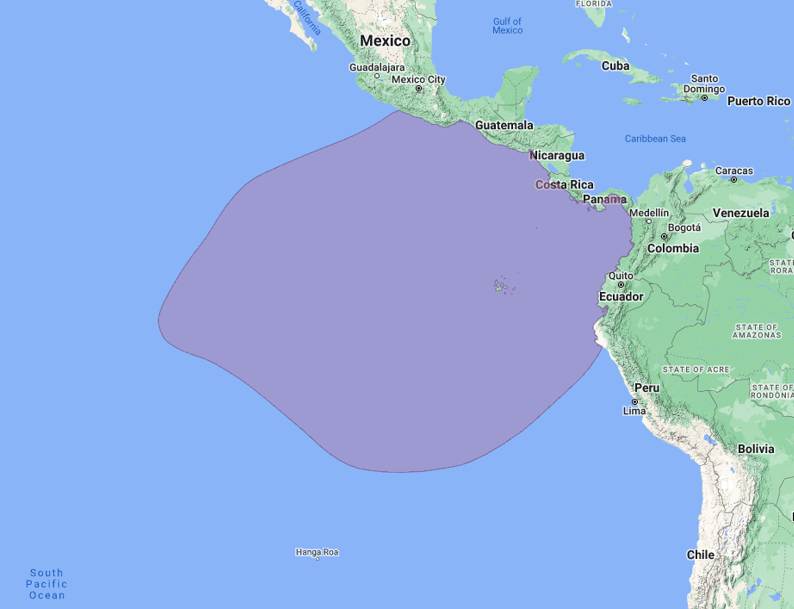
Approximate distribution of the Galápagos Petrel. © Xeno-Canto 2022
Breeding. Nests in steep terrain in the highlands of Santa Cruz, Santiago, Floreana, San Cristóbal, and Isabela islands, mostly at elevations above 300 m in burrows, lava tubes, caves, and sinkholes. Breeding occurs year-round, but various local subpopulations breed on differing timetables.
Surveys detected a dramatic decline in the 1980s, from approximately 27,000 nesting pairs in 1980 down to around 3,500 pairs in 1985. Since then the population may have stabilized, as it was estimated in the range of 4,500-5,000 pairs in 2008.
Nonbreeding. Forages in waters around the Galápagos and in the tropical waters east, west, north, and south of the archipelago, including waters just offshore from northwestern Peru and southwestern Ecuador.
The full extent of its at-sea range is unclear—particularly relative to the nearly-identical Hawaiian Petrel. A handful of records of “Dark-rumped-type” petrels photographed in Hawaiian waters appear more consistent with Galápagos than Hawaiian Petrel.
Identification
A medium-large, long-tailed gadfly petrel with a fairly simple pattern: nearly all-dark upperparts and nearly all-white underparts, with black-and-white underwings. Essentially identical to the Hawaiian Petrel (see below), with which it was formerly classified as conspecific.
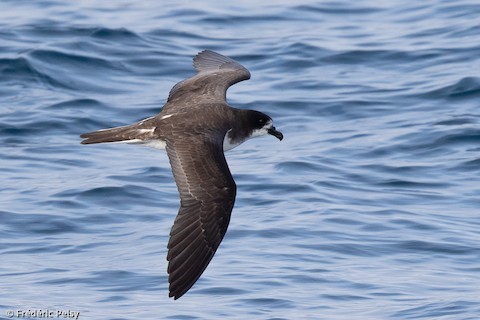
Galápagos Petrel, dorsal view. (Offshore south of Isla Isabela, Galápagos, Ecuador; September 25, 2021.) © Frédéric Pelsy
The upperparts often appear uniformly dark-gray, including the rump. Depending on feather-wear and lighting, some differences in tone may be detectable: generally somewhat paler on the back, and sometimes a faint dark M (or V).
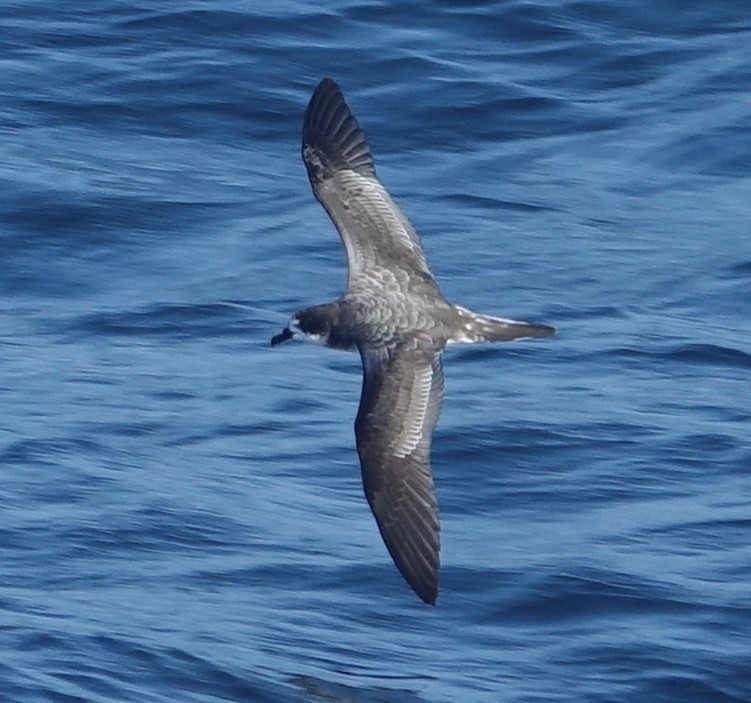
Galápagos Petrel, dorsal view. (Offshore from Illescas, Piura, Peru; April 12, 2019.) © Bert Wessling
The head pattern is strong and contrasty: white forehead and throat versus black cap and dark-gray cowl.
The underwings are mixed black-and-white: broadly tipped black with a black trailing edge, thick black carpal bar. Unlike Hawaiian, Galápagos usually shows some dark pigmentation on the axillaries (wingpits), variable but usually enough to detect in clear photos.
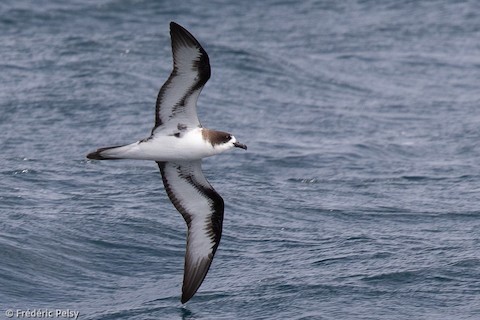
Galápagos Petrel, ventral view showing dark spots in the axillaries. (Offshore south of Isla Santiago, Galápagos, Ecuador; September 20, 2021.) © Frédéric Pelsy
When the tail is folded, it appears long, thin, and tapered to a point. Seen from below, the undertail coverts are all-white, and the dark tail is usually visible only as a narrow tip or band.

Galápagos Petrel, ventral view showing dark spots in the axillaries. (Offshore south of Isla San Cristóbal, Galápagos, Ecuador; July 9, 2018.) © William Hull
Notes
Monotypic species. Formerly considered conspecific with the Hawaiian Petrel (sandwichensis), collectively known as the Dark-rumped Petrel (Pterodroma phaeopygia).
IUCN Red List Status: Critically Endangered.
See below for a comparison of the Galápagos Petrel with the Hawaiian Petrel.
Cf. Hawaiian Petrel. The Hawaiian and Galápagos Petrels were long considered a single species, the Dark-umped Petrel. They are nearly identical, and would rarely be distinguishable at sea under typical field conditions. Their ranges are not known to overlap, so they can usually be identified by probability according to the location, but there are some locations where both are equally probable, and it is always possible for either species to stray into the other’s range. For such occasions, there are two differences that might be apparent.
Head Pattern: The Hawaiian Petrel typically shows a more crisply defined white forehead and a less extensive, paler cowl, with more white on the cheek than Galápagos.
Underwing Pattern: The Galápagos Petrel often shows a dark smudge on the axillaries, where the wing meets the body, which Hawaiian consistently lacks. Galápagos also tends to show a stronger carpal bar on the inner portion of the underwing and a slightly thinner black leading edge than Hawaiian—so on Hawaiian the black on the underwing is concentrated away from the body, whereas on Galápagos the black is more evenly distributed on the inner and outer portions of the underwing.
More Images of the Galápagos Petrel
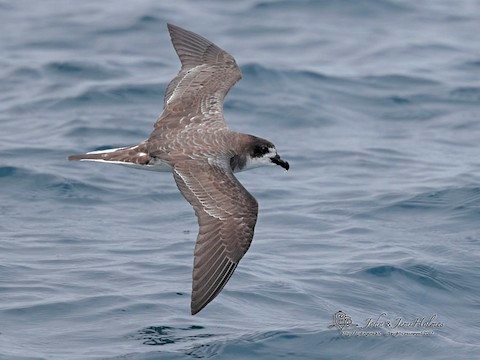
Galápagos Petrel, dorsal view. (Offshore from Isla Isabela, Galápagos, Ecuador; November 7, 2017.) © John & Jemi Holmes
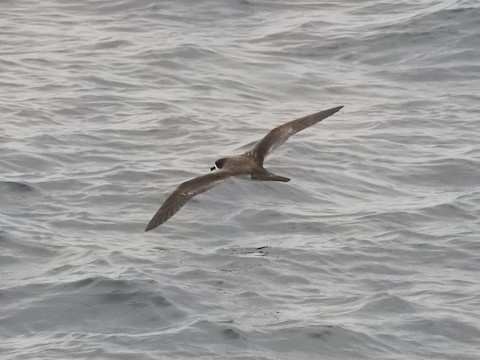
Galápagos Petrel, dorsal view showing M pattern. (Offshore south of Isla Isabela, Galápagos, Ecuador; February 6, 2020.) © Tristan Jobin
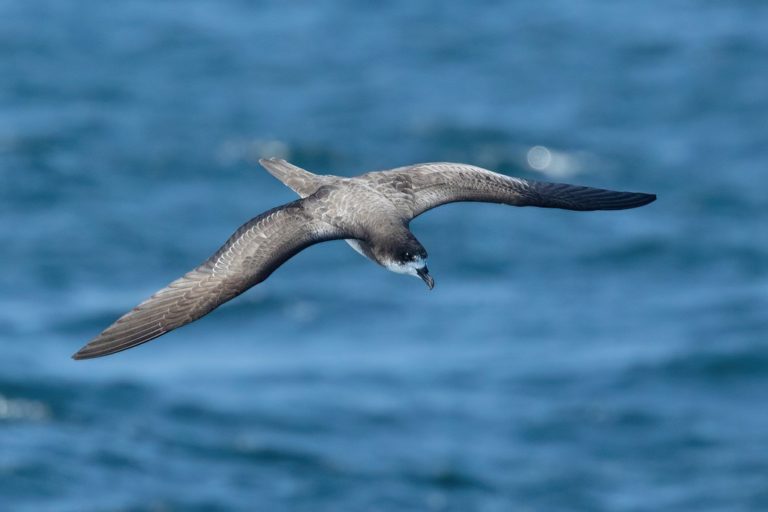
Galápagos Petrel, dorsal view. (Offshore from Los Órganos, Piura, Peru; April 16, 2022.) © Thibaud Aronson
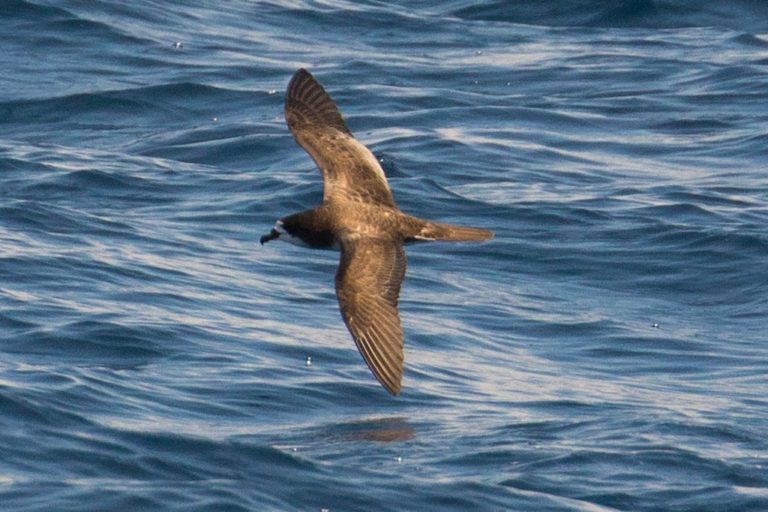
Galápagos Petrel, dorsal view. (Galápagos, Ecuador; March 2018.) © John D. Reynolds
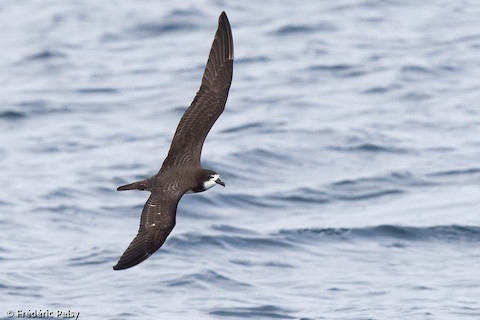
Galápagos Petrel, dorsal view—appearing nearly all-black above in this image. (Offshore south of Isla Isabela, Galápagos, Ecuador; September 25, 2021.) © Frédéric Pelsy
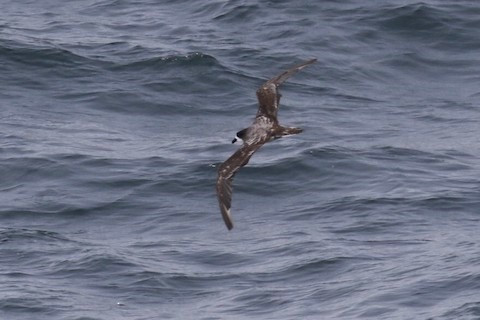
Galápagos Petrel, dorsal view in worn plumage, showing M pattern. (Offshore from El Alto, Piura, Peru; October 11, 2018.) © Arnold Skei

Galápagos Petrel, dorsal view. (Offshore west of Isla Isabela, Galápagos, Ecuador; July 28, 2019.) © Bradley Hacker

Galápagos Petrel, dorsal view. (Offshore north of Isla San Cristóbal, Galápagos, Ecuador; September 29, 2021.) © Frédéric Pelsy
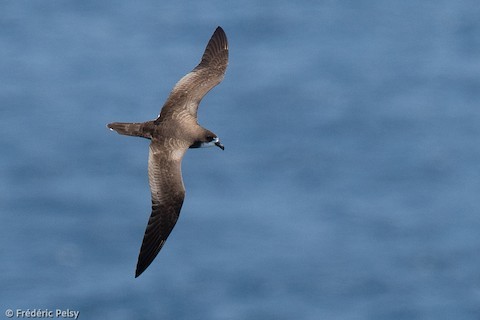
Galápagos Petrel, dorsal view. (Offshore south of Isla Isabela, Galápagos, Ecuador; September 25, 2021.) © Frédéric Pelsy

Galápagos Petrel, apparently a pair in display flight. (Offshore south of Isla San Cristóbal, Galápagos, Ecuador; May 20, 2021.) © Kasper R. Berg
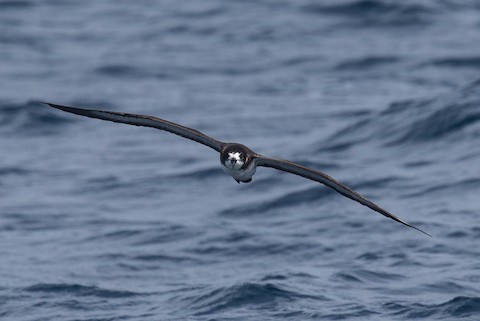
Galápagos Petrel, frontal view. (Offshore south of Isla Española, Galápagos, Ecuador; November 13, 2017.) © Robert Tizard
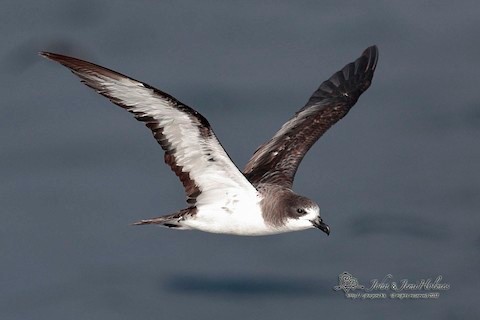
Galápagos Petrel. (Offshore from Isla Isabela, Galápagos, Ecuador; November 10, 2017.) © John & Jemi Holmes
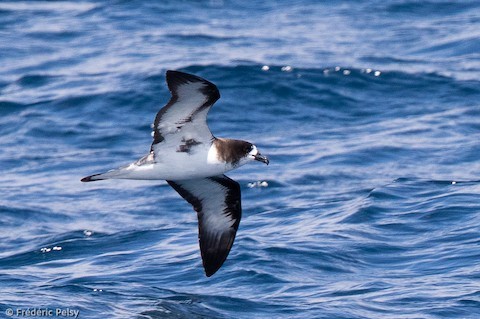
Galápagos Petrel, ventral view. (Offshore south of Isla Isabela, Galápagos, Ecuador; September 25, 2021.) © Frédéric Pelsy
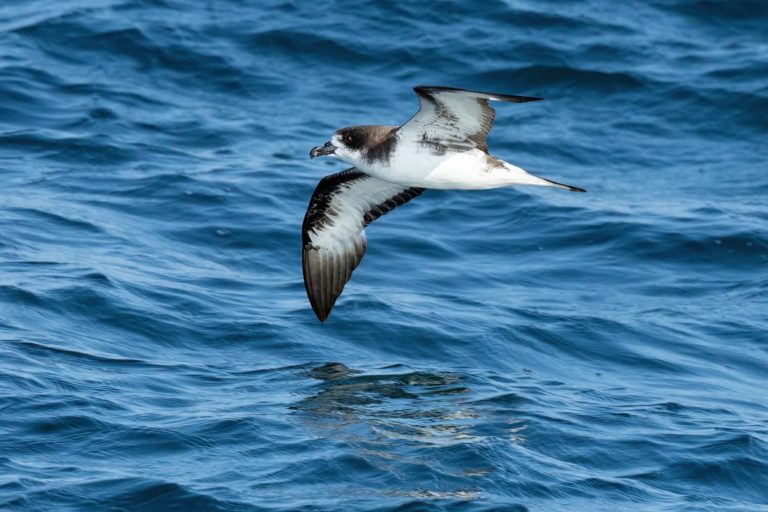
Galápagos Petrel, ventral view. (Offshore from Los Órganos, Piura, Peru; April 16, 2022.) © Thibaud Aronson
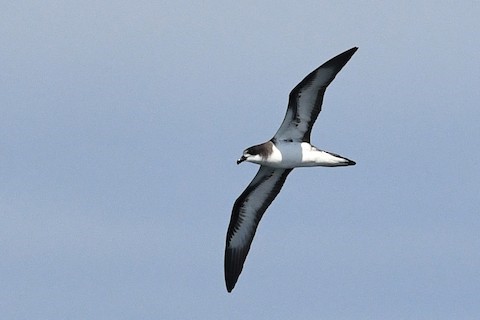
Galápagos Petrel, ventral view. (Offshore east of Isla Santa Cruz, Galápagos, Ecuador; November 23, 2019.) © David M. Bell
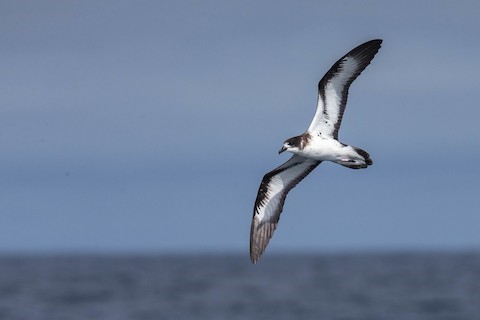
Galápagos Petrel, ventral view. (Offshore south of Isla Española, Galápagos, Ecuador; November 13, 2017.) © Robert Tizard
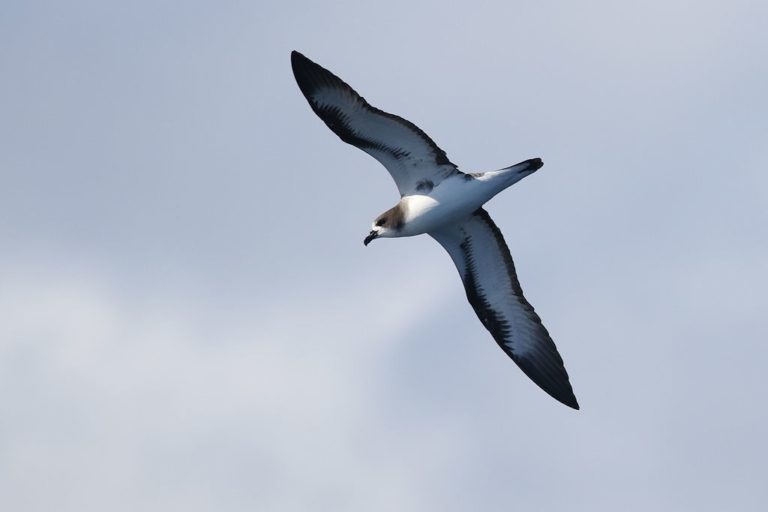
Galápagos Petrel, ventral view. (Offshore south of Isla San Cristóbal, Galápagos, Ecuador; July 9, 2018.) © William Hull
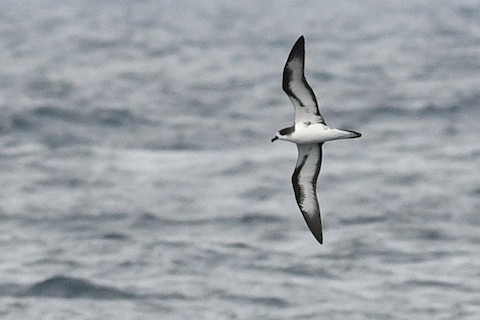
Galápagos Petrel, ventral view. (Offshore south of Isla San Cristóbal, Galápagos, Ecuador; November 25, 2019.) © David M. Bell
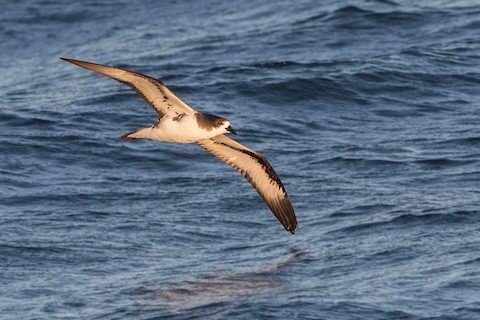
Galápagos Petrel, ventral view of an individual with a pronounced dark axillary spot. (Offshore west of Isla Isabela, Galápagos, Ecuador; July 28, 2019.) © Bradley Hacker
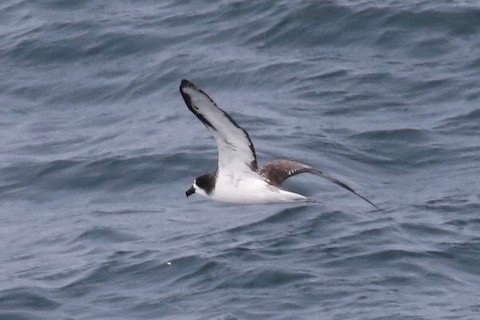
Galápagos Petrel—an individual with very little black on the underwing. (Offshore from El Alto, Piura, Peru; October 11, 2018.) © Arnold Skei
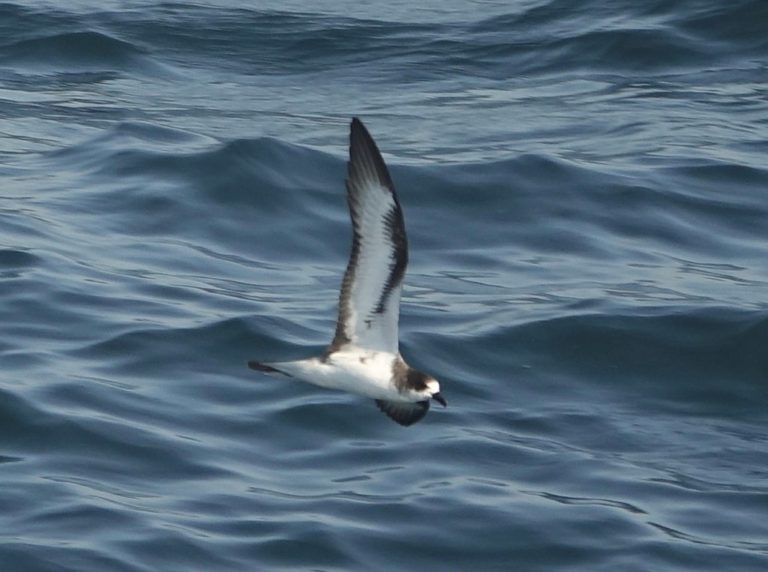
Galápagos Petrel, ventral view of an individual with subtle dark axillary spots. (Offshore from Illescas, Piura, Peru; April 12, 2019.) © Bert Wessling
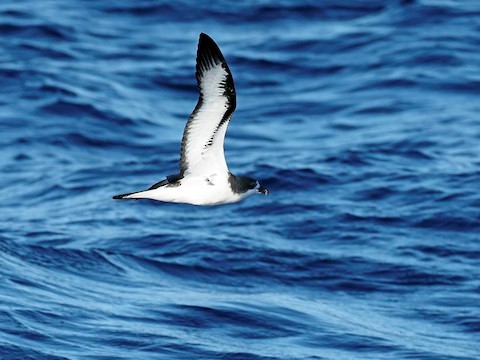
Galápagos Petrel, ventral view. (Offshore south of Isla San Cristóbal, Galápagos, Ecuador; October 10, 2021.) © Manolo Arribas
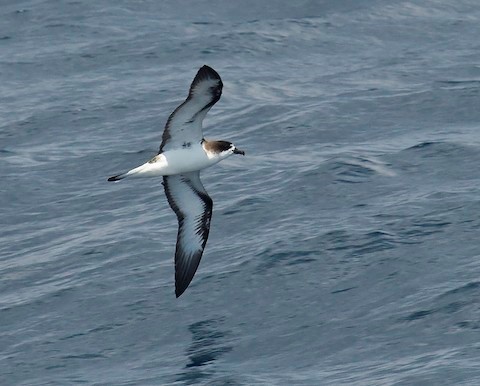
Galápagos Petrel, ventral view. (Offshore from Isla Isabela, Galápagos, Ecuador; February 20, 2013.) © Duisan Brinkhuizen
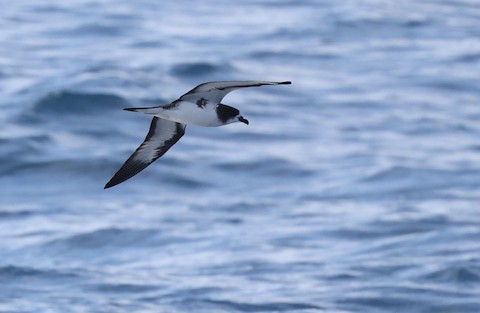
Galápagos Petrel, ventral view of an individual with a pronounced dark axillary spot. (Offshore south of Isla San Cristóbal, Galápagos, Ecuador; May 20, 2021.) © Kasper R. Berg
References
BirdLife International. 2018. Pterodroma phaeopygia. The IUCN Red List of Threatened Species 2018: e.T22698020A132619647. https://dx.doi.org/10.2305/IUCN.UK.2018-2.RLTS.T22698020A132619647.en. (Accessed April 29, 2022.)
eBird. 2022. eBird: An online database of bird distribution and abundance. Cornell Lab of Ornithology, Ithaca, N.Y. http://www.ebird.org. (Accessed April 29, 2022.)
Harrison, P. 1983. Seabirds: An Identification Guide. Houghton Mifflin, Boston.
Heinzel, H., and B. Hall. 2000. Galápagos Diary: A Complete Guide to the Archipelago’s Birdlife. University of California Press, Berkeley.
Howell, S.N.G. 2012. Petrels, Albatrosses & Storm-Petrels of North America. Princeton University Press.
Howell, S.N.G., and S. Webb. 1995. A Guide to the Birds of Mexico and Northern Central America. Oxford University Press.
Howell, S.N.G., and K. Zufelt. 2019. Oceanic Birds of the World. Princeton University Press.
Pyle, R.L., and P. Pyle. 2017. The Birds of the Hawaiian Islands: Occurrence, History, Distribution, and Status. Version 2 (January 1, 2017). http://hbs.bishopmuseum.org/birds/rlp-monograph/. B.P. Bishop Museum, Honolulu, Hawaii.
Ridgely, R.S., and P.J. Greenfield. 2001. The Birds of Ecuador, Volume II: Field Guide. Cornell University Press.
Schulenberg, T.S., D.F. Stotz, D.F. Lane, J.P. O’Neill, and T.A. Parker. 2007. Birds of Peru. Princeton University Press.
Xeno-Canto. 2022. Galapagos Petrel – Pterodroma phaeopygia. https://xeno-canto.org/species/Pterodroma-phaeopygia. (Accessed April 29, 2022.)
